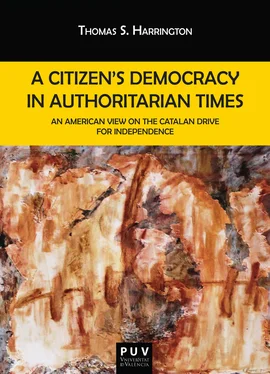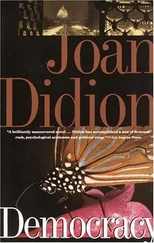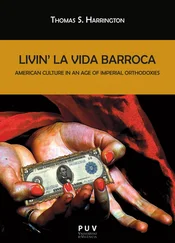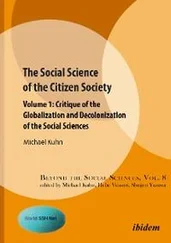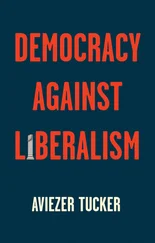In keeping with its late-medieval provenance, Nebrija’s vision of the Castilian nation was also heavily inscribed with religious imperatives. However, its messianic tone—evinced perhaps most clearly in the parallels he draws in the prologue between the historic missions of Jews and Castilians—would appear to be extraordinary even by the standards of that age. For him, the great triumph of the Hebrews was that of establishing a written language supple enough to transmit the well-ordered laws of god into a humanly accessible form. He subsequently makes clear later that he sees Castilian, and those that speak it, as his era’s intermediaries between the province of transcendent logic and “muchos pueblos bárbaros y naciones de peregrinas lenguas” (Nebrija s.n.).
That Nebrija, and the Castilian élite for which he spoke, had stumbled upon a winning geopolitical formula was made abundantly clear over the ensuing two centuries. The bundled combination of linguistic fundamentalism, religious fervor and hegemonic ambition, fueled the creation of the largest empire that the world had ever seen. There can be no doubting that the Castilian emphasis on linguistic standardization and explicit cultural hierarchies, greatly facilitated the task of extending and managing the vast and far-flung empire.
So impressive was the success of this Castilianist model of culture-planning that other European polities began imitating its most salient features, especially its obsession with linguistic homogeneity, and from there, bureaucratic cohesion. Perhaps owing to their lack of first-hand contact with the memory and tradition of the Reconquest, however, few of the imitators could match its extremely high level of overtly bellicose religiosity. Further diluting the religious content of the Castilian culture planning model as applied in other European polities was the need for leaders in many of those places to enter into dialogue with the ideas of the Protestant Reformation, which had as one of its prime thrusts the drastic diminution of the role of the Church in public life and governmental affairs. This is not to say that the desire for religious transcendence disappeared for the nationalist culture-planning efforts in those places. Rather, simply that it began to be subsumed by new social and metaphysical constructs.
Emblematic in the first regard was the ever-more centralized and secularized France of Louis XIV (1638-1715), where the Catholic Church, while still important, saw its prerogatives increasingly subjugated to the “reason” of the state. By the time of the French Revolution, some 75 years after the disappearance of the Sun King, things had advanced to the point where many Frenchman no longer viewed an overt connection with the almighty as an indispensable trope for the maintenance of social cohesion. Representative of the second tendency was late 18th-century Prussia. There, Herder, clearly troubled by the potential cultural effects of the universalizing pretensions of the French philosophes and their revolutionary descendants, basically reiterated Nebrija’s belief in the transcendent origin and power of language. However, whereas the Spaniard had viewed the church-state conglomerate of Isabel and her successors as the prime guarantors of this continuing flow of vital civilizing energy, the German placed his trust in the decidedly non-sectarian vehicle known as “nature.” Only by maintaining active and conscious contact with the land, the prime sources of a people’s vital and social rhythms, one could expect to maintain the “timeless” character and cohesiveness of the individual nation.
Few are the people or social organisms with enough tenacity and ego strength to presciently engage in the ongoing revision of a core social concept that they themselves engendered. And so it was with the Castilian-centered Spanish monarchy which remained remarkably blind to these apparent “upgrades” in the program of nationalist pedagogy it had pioneered at the end of the 15th century. True, the ascension of the Bourbons to the Spanish throne in 1715 brought with it brisk dose of French-style juridical centralism. However, it was not accompanied, as it was north of the Pyrenees, by a concomitant rise in the production of secular creeds of universal social organization. The same pattern of administrative reform with only tepid advances in new theories of national identity, was evident during the reign of Carlos III. The growing gap between the two principal strains of nationalism (contractual vs. metaphysical) came to a head in the Spanish case upon the arrival to the Peninsula of Napoleonic troops in 1808. Though the liberal Constitution of Cádiz was certainly a noteworthy component of the famous patriotic backlash of the Spaniards to the French invasion, the strain of thought it represented was, as subsequent events showed, quite far from ever being hegemonic within the early 19th-century Spanish and/or Castilianist discourse of national identity. Indeed, when we contemplate the semantics of the widely employed traditionalist epithet of afrancesado, with its implication that those who embrace liberalism (and reject the social structure of the Old Regime) somehow become apostates of the national community, we can see just how much influence the overtly religious culture-planning model enunciated by Nebrija, and subsequently enacted by the educating clergy and state bureaucrats, continued to have three centuries after its inception.
The period between the restoration of Bourbon absolutism in 1814 and the outbreak of the Glorious Revolution in 1868 is often portrayed as an ongoing oscillation between extremely liberal and traditionalist concepts of the nation. While this is in some sense true, in can lead to certain misleading assumptions. The first, eagerly and understandably promoted by contemporary progressives, is that there was a rough equivalence between the strength and predominance of liberal and traditionalist élites during this period. It is perhaps more accurately viewed as a long stretch of relative political social and cultural conservatism punctuated by brief but intense periods of progressivist predominance (1820-23, 1835-37, 1854-56). The existence of Carlism meant that the entire Spanish spectrum of cultural, and from there, political options was located much farther to the right than it was in France and other European nations. For example, none of the intermittent progressivist projects mentioned above (and not even the grandfather of them all, the Constitutuion of Cádiz) ever seriously considered an abrogation of the long-standing relationship between church and state. As a result, the bundled discursive relationship between faith (with its strong undercurrent of monistic logic) and national identity developed in the time of Nebrija was never seriously challenged. Another common misconception, perhaps induced by a tendency to use the Second Republic (1931-39) as a prism through which to view the entire history of the Spanish left, is that this so-called liberalism of the mid-19th century was notably more sympathetic than mainline Bourbon absolutism to the non-Castilian cultures of the peninsula. In fact, if anything the administrative reforms of this “versión muy conservadora del liberalismo” (Tusell 45)—the institution of the provincial system, the founding of the Guardia Civil, and the Ley de Moyano among many others—greatly strengthened the bureaucratic hand of those who seeking to impose the notion that Spanish identity was essentially and fundamentally Castilian in nature.
The first notable alteration in Castlianism’s rigidly exclusivistic cultural logic came during the Sexenio Revolucionario (1868-74) when Prim’s leadership coalition offered Dom Fernando, father of the Luis I of Portugal, the possibility of acceding to the Spanish throne, a move that would have led inexorably to the (re)creation of a multilingual kingdom. However, Fernando refused the offer owing, among other things, to his doubts about the Castilian political class’ ability to guarantee the cultural integrity of Portugal under such an arrangement. The monarchy was eventually reconstituted in unitary terms under Amadeo I. However when he resigned in early 1873, the First Republic was established, and with it, the beginning of an even more radical and far-reaching break with the Castilianism’s dominant set of cultural assumptions.
Читать дальше
